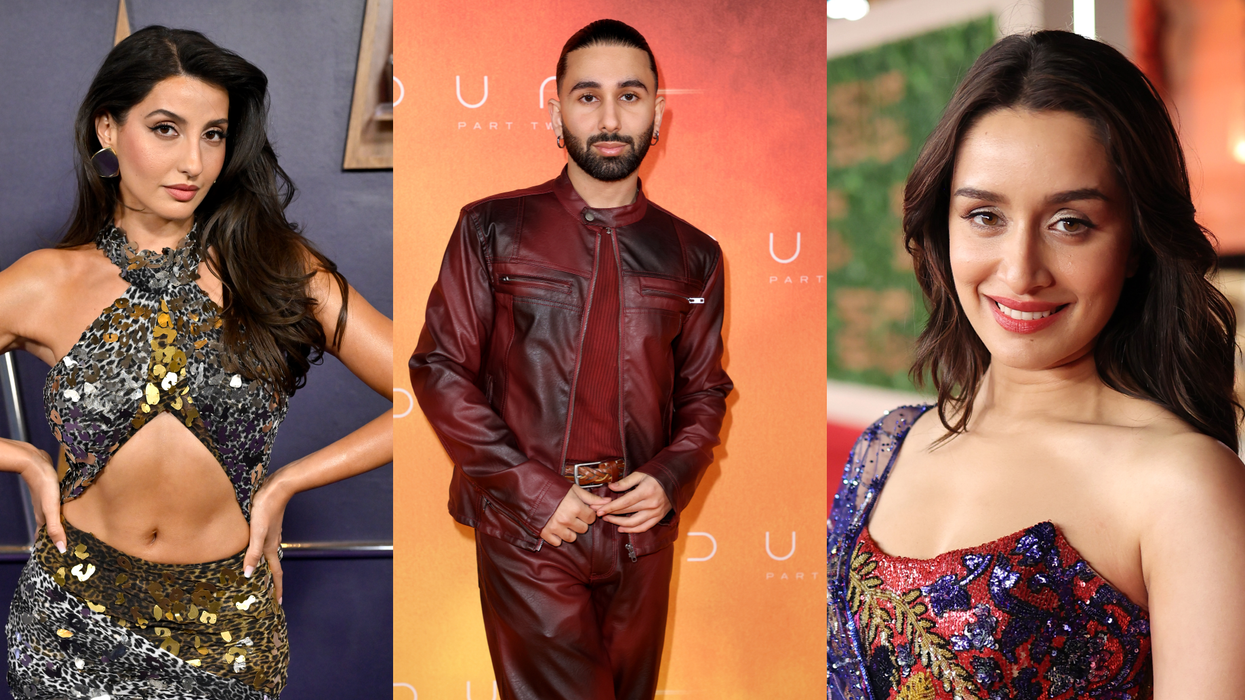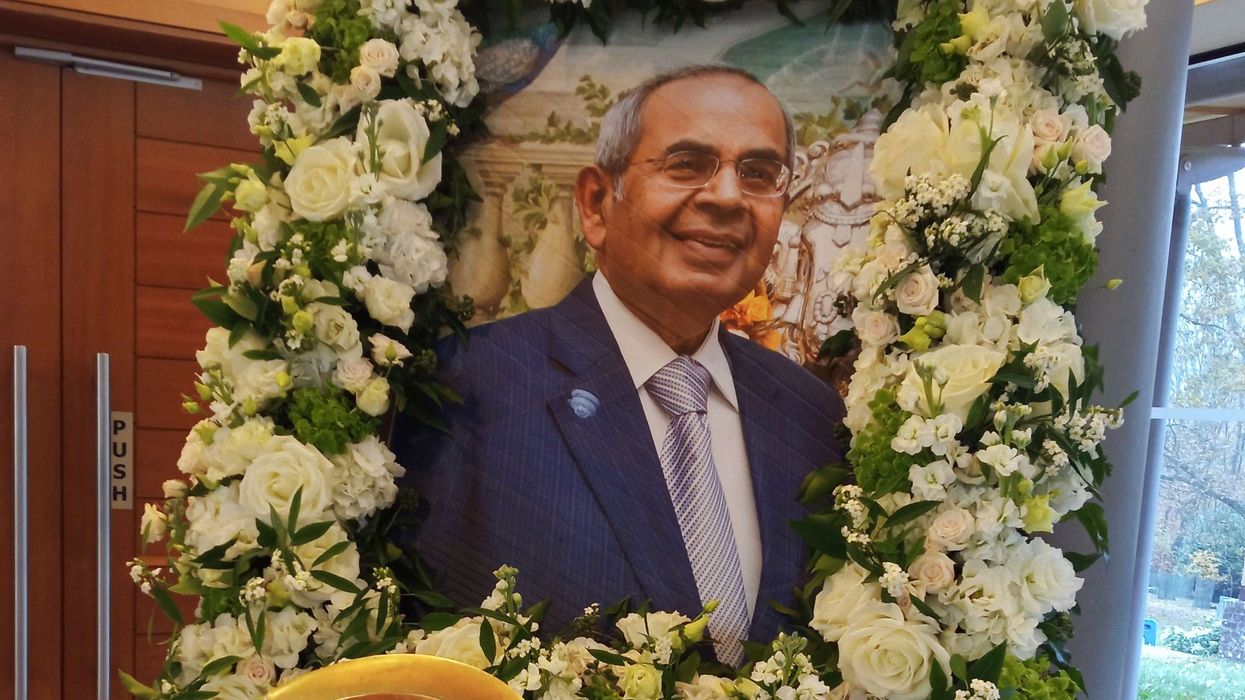Inspired by a love of Bollywood films and vibrant Punjabi music, Cherelena creates tracks that fuse diverse influences. With multiple singles and an album already to her name, the multilingual singer-songwriter from Holland recently added to her musical journey with the release of Cocaine.
Eastern Eye asked the exciting talent to share 10 songs she loves – and why they mean so much to her.
Ek Baar Dekh Liye by Kalpana Gandharva: Composed by Sanjay Leela Bhansali for the Netflix series Heeramandi, this song is beautifully sung. The heartfelt lyrics portray a woman surrendering completely to the unknown, embracing what life brings. She follows her heart with unwavering trust – a sentiment that is so profound and relatable.
Pardesi by Cherelena ft Apache Indian: One of the most cherished moments of my life was creating my own song with Apache Indian. It felt like a dream come true to collaborate with such a legendary artist. The track is about a wife longing for her husband’s return, expressing how incomplete and unmotivated she feels without him.
Bewafa by Imran Khan: This powerful song touches on the complexities of relationships – the arguments, the fear of betrayal. Sometimes, even without infidelity, the fear of the truth surfacing can lead you to say things you do not mean. It reflects the emotions and vulnerabilities that come with navigating trust, love and heartache.
Jhoomo Re by Kailash Kher: This deeply moving song carries a profound and uplifting message. It beautifully conveys that, at the core, everything is one energy – and that the divine you worship ultimately resides within yourself. It serves as a gentle reminder to treat the world with kindness and compassion, and to never break anyone’s heart.
Untouchable by Tegi Pannu: This track’s vibe and flow are incredible. It is not about the lyrics – it is about the energy, rhythm and the way it makes you feel. A perfect example of how music transcends language. You do not need to understand the words to connect with it – you either feel it, or you do not. And I definitely feel it.
Gallan Goodiyan from Dil Dhadakne Do: I have loved dancing since I was two years old. Although I stay active through sports, dancing is what truly excites me – it is my happy place. Songs like this make me feel as though I am stepping into a vibrant Bollywood scene, filling my life with energy and joy.
Cocaine by Cherelena ft Raja: This hauntingly beautiful song about love and loss captures the heartbreaking journey of a couple deeply in love but torn apart by addiction. He is consumed by his dependence on cocaine, while she is trapped in an endless struggle to save him. Based on a true story, the song delivers a powerful message: do not let drugs take control – they destroy far more than you realise.
Yeh Dil Tum Bin Kahin Lagta Nahin from Izzat: This timeless Bollywood song, sung by legends Lata Mangeshkar and Mohammed Rafi, continues to inspire me. I still take singing lessons and dedicate time to improving my craft. When it comes to mastering vocal technique, Lata didi’s songs are an unmatched treasure trove. Her signature sweetness, flawless delivery and artistry set a benchmark that is almost impossible to reach.
Bewajah Mein Dil Tera Toda by Cherelena: I wrote this song from a deeply personal place, during a time when my heart had been broken more than once. I felt a part of me was fading, and turned to songwriting as a way to process those emotions. This track reflects the journey of understanding who I became during those painful moments – and why.
Flow With Me by Cherelena: I wrote this song during a time when I was perfectly in sync with someone, and everything just clicked. I wanted to hold on to that feeling – to stay in the flow without overthinking or complicating it, knowing that sometimes taking things further can bring its own set of challenges.
Instagram: @cherelenaofficial
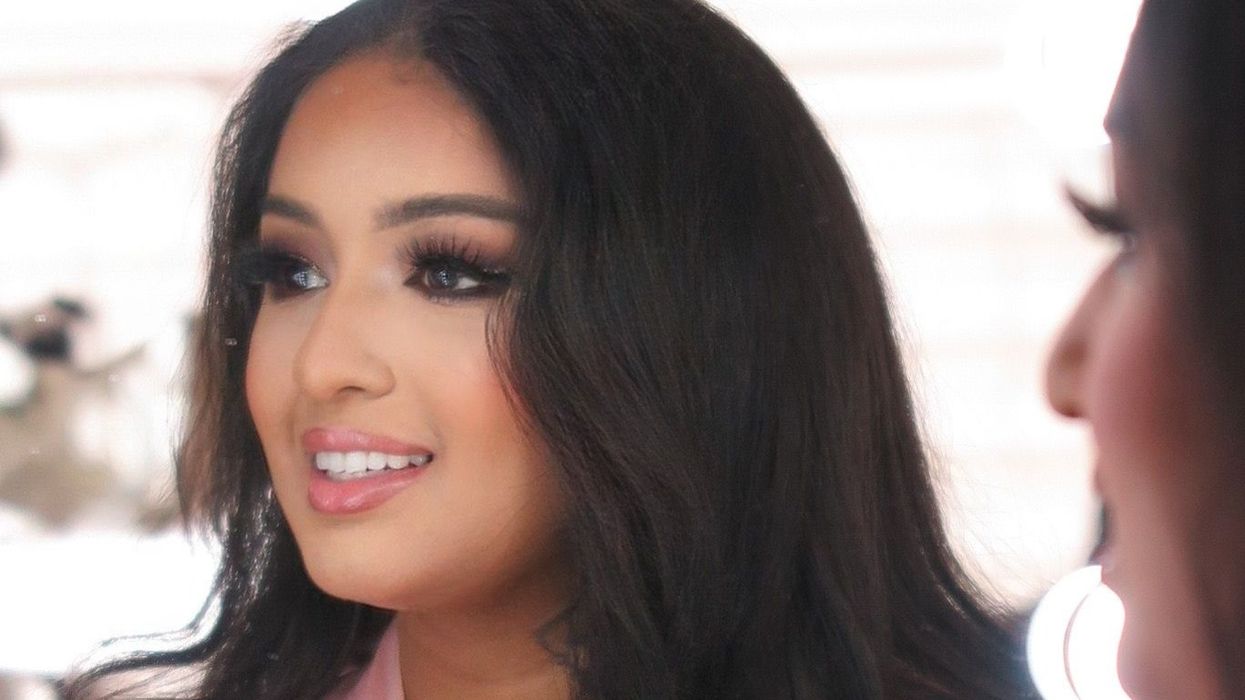
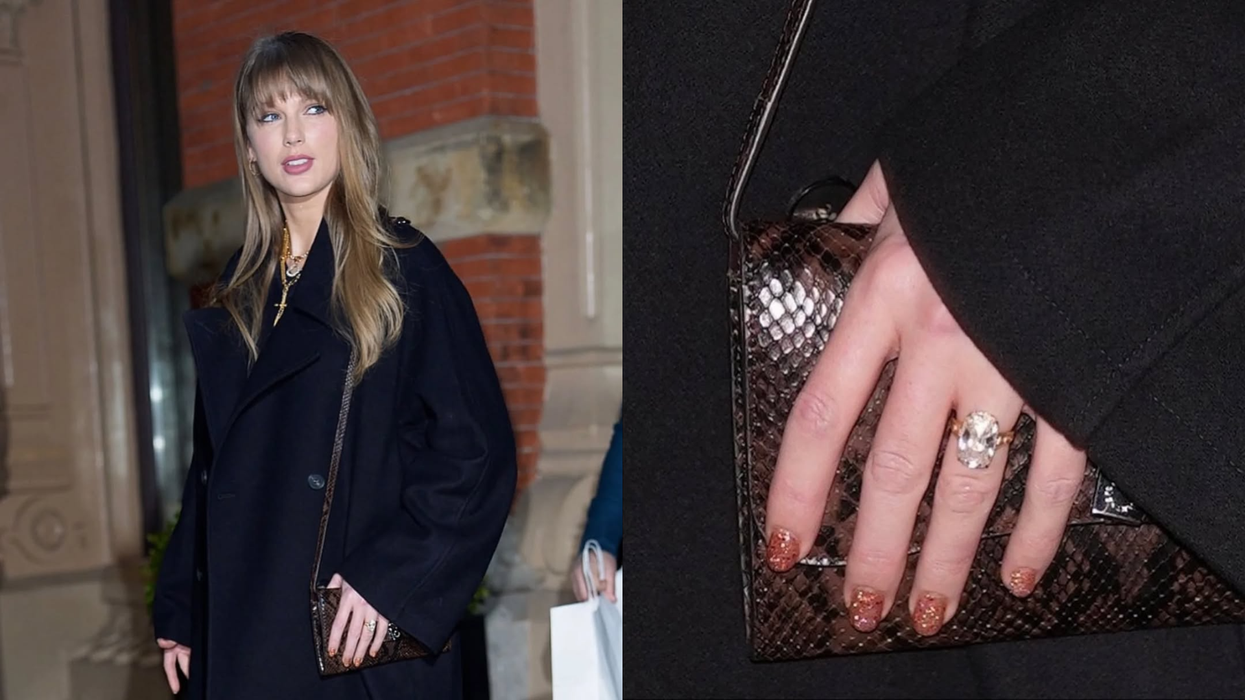
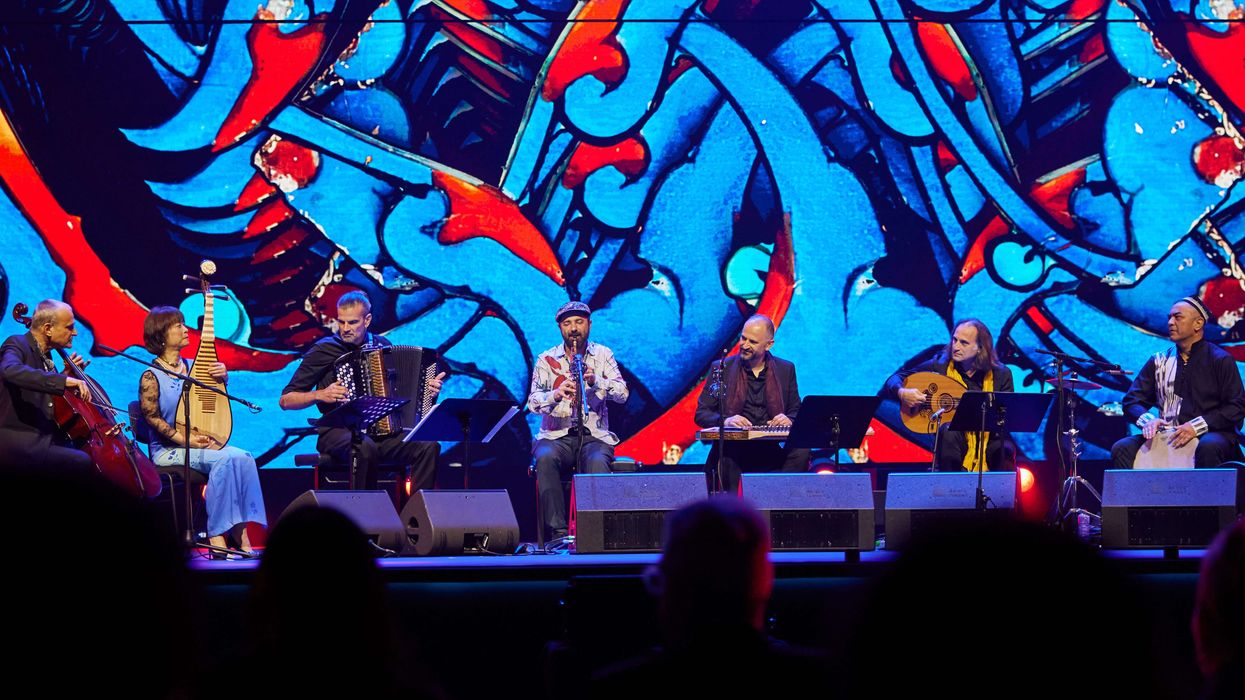
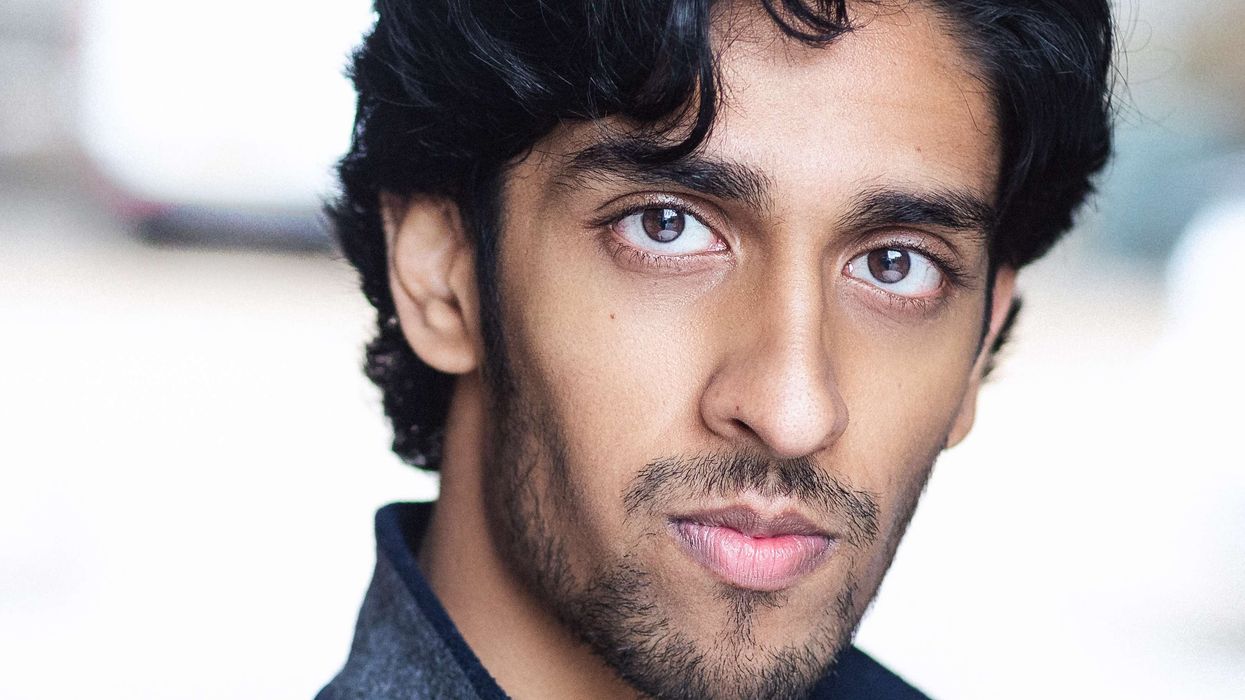
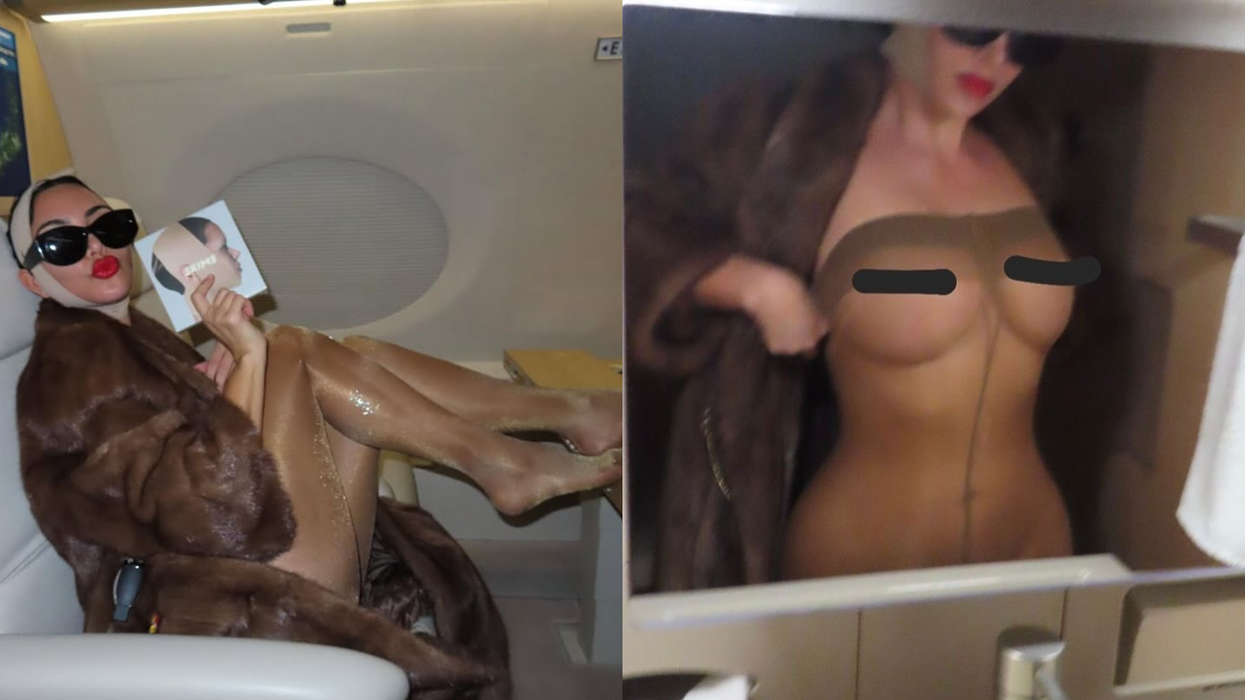
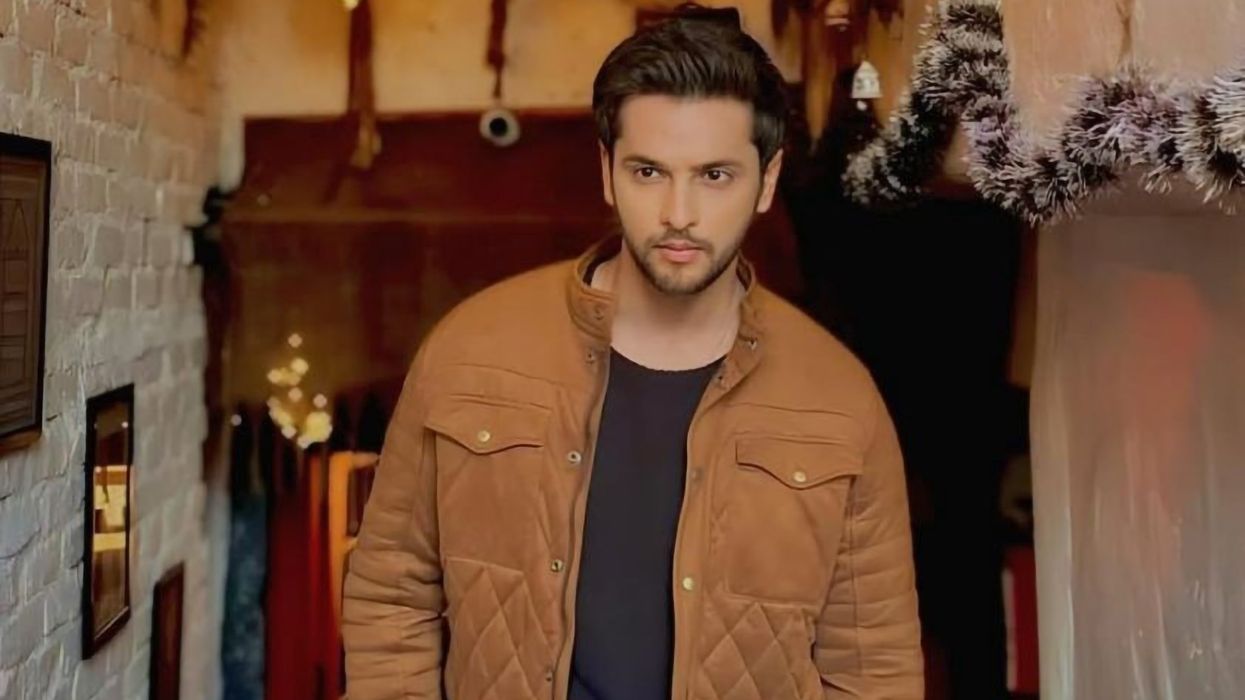
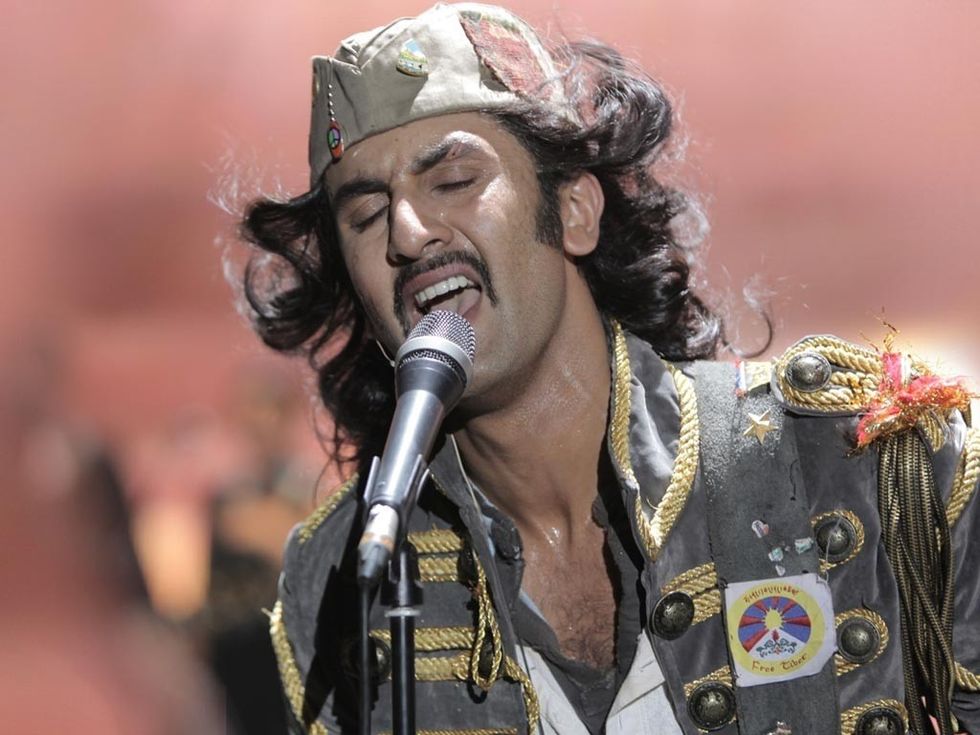 Rockstar
Rockstar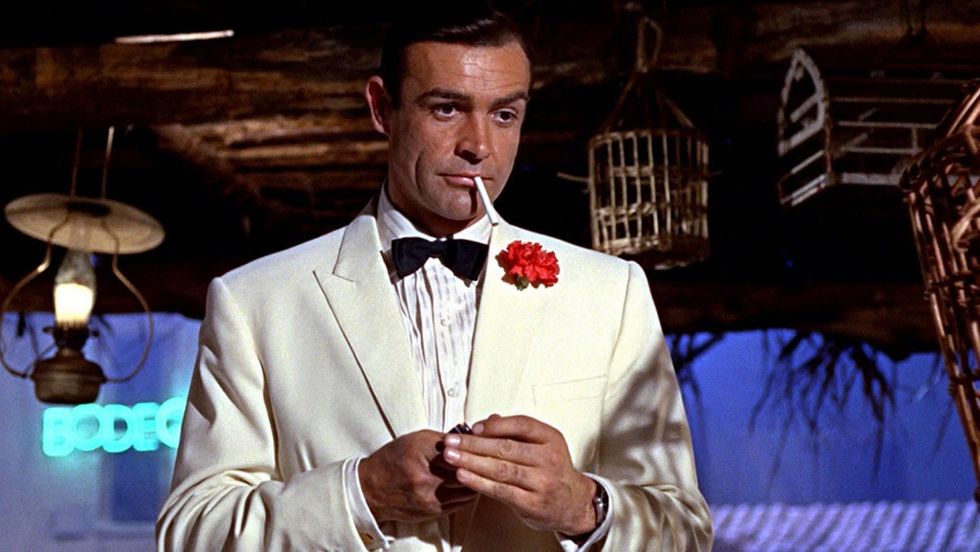 A still from a James Bond film
A still from a James Bond film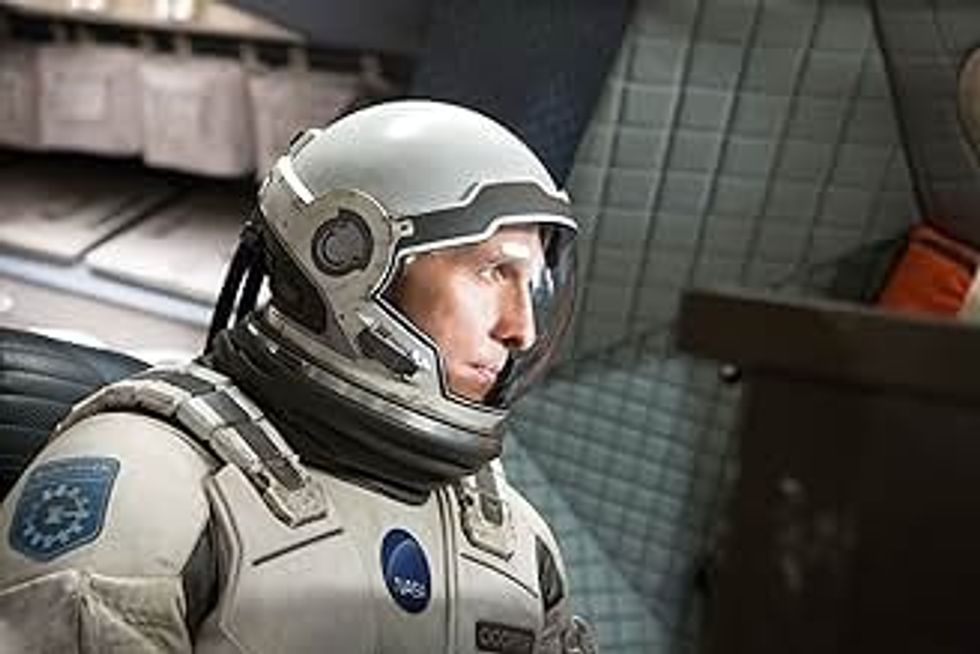 Interstellar
Interstellar

